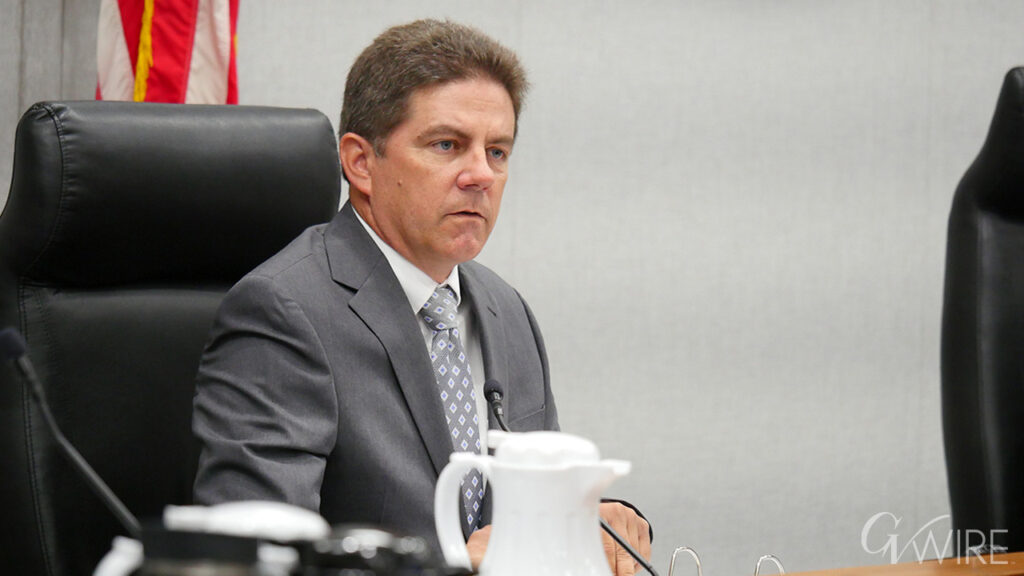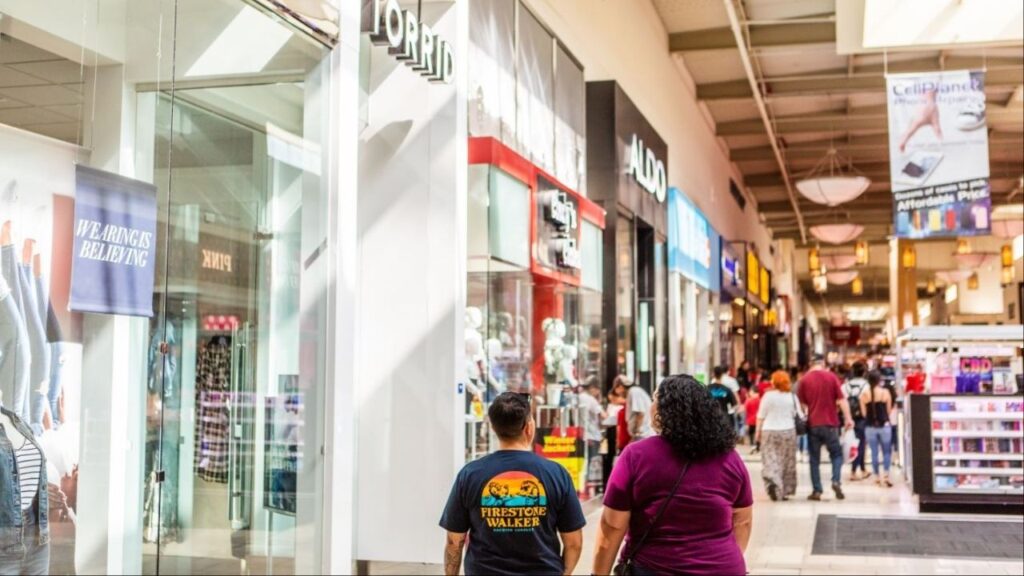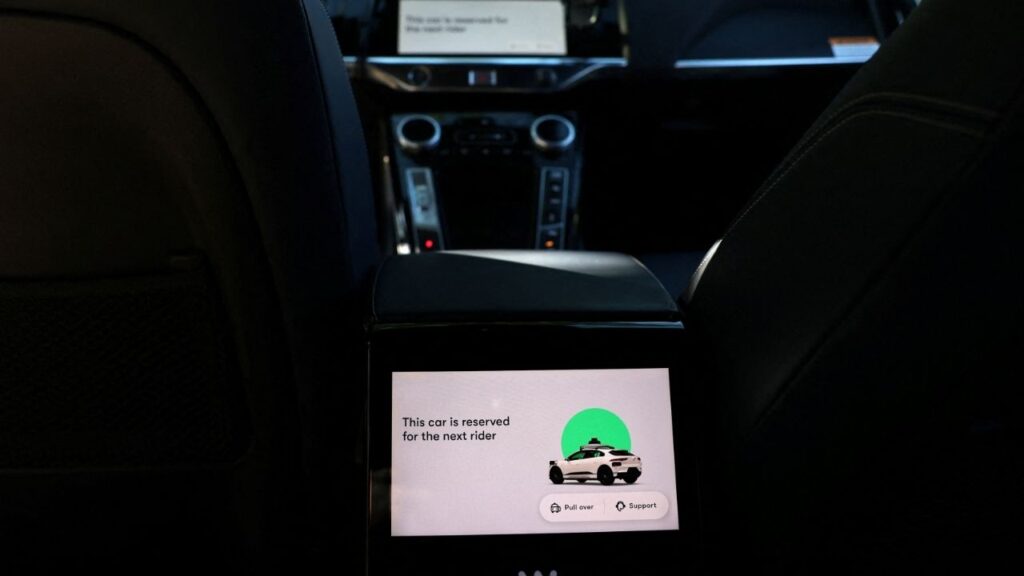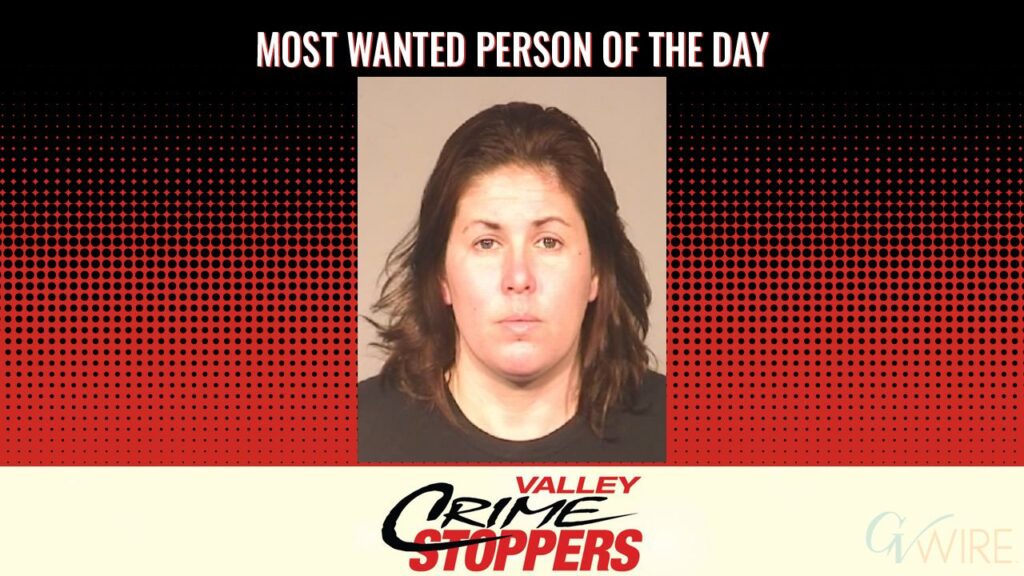Share
Joe Biden’s decision to forgive federal student loan debt has some local residents cheering and others questioning the fairness of the president’s plan.
“Knowing how much I can have reduced will then allow me to know what I can work with,” said Fresno resident David Lozano. “If I don’t qualify for whatever reason, at least I’ll know others around that it’ll help out and that’s always a plus.”
Rocky Quinola graduated from Fresno State in 2015 after majoring in political science. He says the forgiveness plan comes with drawbacks and will end up hurting Americans more than it will help them.
“Nothing is truly canceled, or just disappears,” said Quinola. “These loans will now be paid by those who never took out a loan, or by those who already paid out their loans.”
He added that no one forced students to take out loans and expecting others to shoulder the burden is morally and financially wrong.
Who Benefits From Biden’s Forgiveness Plan?
Under Biden’s plan borrowers earning less than $125,000 or $250,000 for married couples will qualify for up to $10,000 in student loan forgiveness while recipients of Pell Grants will be eligible for $20,000 in debt forgiveness.
In addition, the Biden administration also announced it would extend the moratorium on loan payments until Dec. 31 and implement a cap on maximum monthly payments for undergraduate borrowers.
Outlining the plan’s full details, the White House estimates that at least 43 million Americans are eligible for forgiveness and about 20 million could have their debt completely wiped out.
Among borrowers who are no longer in school, the Department of Education estimates that nearly 90% of relief dollars will go to those earning less than $75,000 a year.

Loan Forgiveness Is a Lifeline for Many
Lozano says that Biden’s plan has given him hope as he awaits the details on who qualifies for debt relief.
During the student loan pause, Lozano bought a car, paid off credit card debt, and took vacations. However, after 10 years of making minimum monthly payments, he owes close to $30,000 after attending a private college to study business.
Quinola said that the majority of his college tuition was covered by his GI Bill, but he still ended up owing $10,000 in student loan debt.
He has been chipping off at it by making monthly payments a little at a time, and now owes about $7,000.
While he recognizes that it has been a struggle to pay off his debt as most of his income goes to other bills and rent, he doesn’t think forgiving student loans is the best solution.
Instead, Quinola says the government should focus on fixing the costs of attending a public college.
“If loans are taken out, make them flexible for life with no interest and let us decide what is a feasible payment to make every month,” said Quinola.
Debate Over Fairness
At Wednesday’s press briefing, Biden was asked by a reporter whether the plan was unfair to people who’ve already paid their student loans.
Biden answered with a contradictory question before walking away.
“Is it fair to people who, in fact, do not own multi-billion dollar businesses to see one of these guys getting all the tax credits? Is that fair? What do you think?”
In keeping with my campaign promise, my Administration is announcing a plan to give working and middle class families breathing room as they prepare to resume federal student loan payments in January 2023.
I’ll have more details this afternoon. pic.twitter.com/kuZNqoMe4I
— President Biden (@POTUS) August 24, 2022
No Help for DACA Recipients
A Reedley College student who did not want to be named said he was disappointed with the Biden administration for not considering DACA recipients who do not qualify for either subsidized or unsubsidized federal loans.
“The only loans I take out are from banks that start charging me interest the moment I take it out,” he said.. “I have lived here for 80% of my life. I think it’s great that they are forgiving student loans, but I can’t help feeling unseen.”
CSU Statement on Targeted Student Loan Forgiveness
CSU Interim Chancellor Jolene Koester welcomed Biden’s announcement and thanked his administration for its efforts to support students.
“The California State University is committed to providing an affordable, high-quality education for all Californians, and reducing the burden of debt for our students is another critical step to ensure that they start their careers on solid financial footing,” Koester said in a news release. “At the CSU, fewer than half our students borrow, and those that do borrow significantly less than the national average.
Nearly half of the CSU’s undergraduate students are Pell Grant recipients, so today’s announcement is welcome news for many. With even less debt, these students and our recent alumni will be better positioned to strengthen the California workforce and communities throughout the state as they pursue their professional and personal dreams.”
RELATED TOPICS:
Categories



















